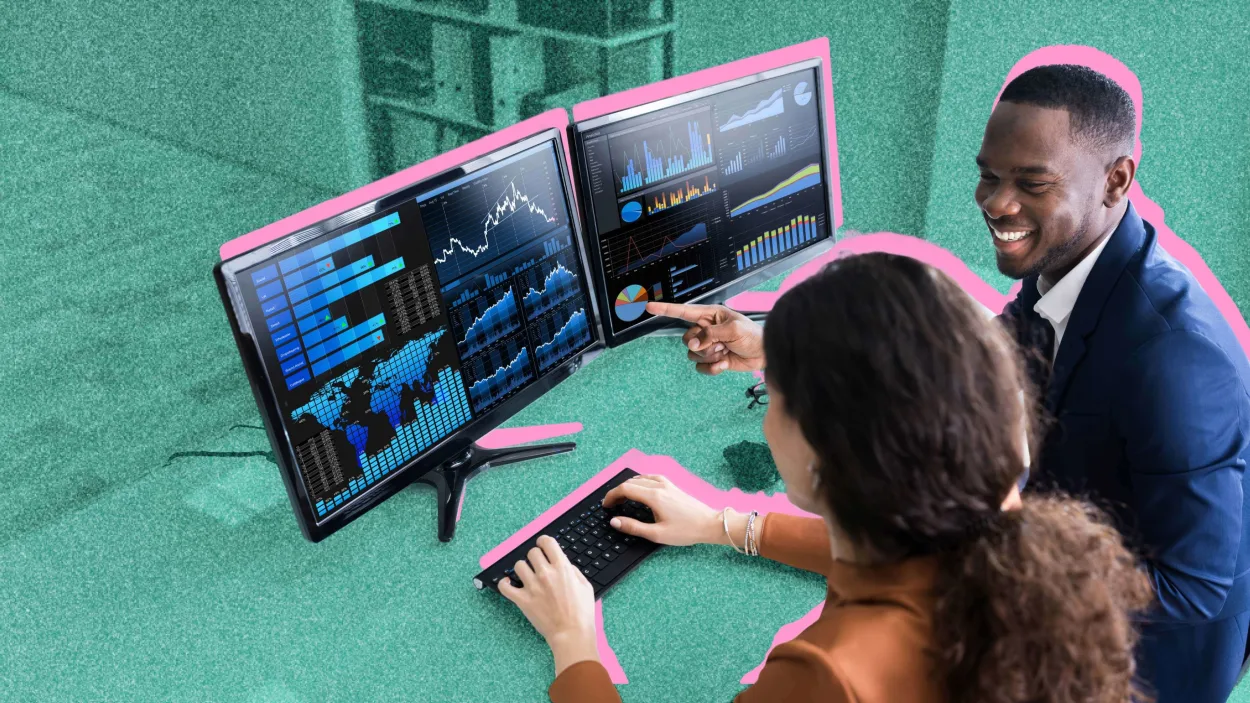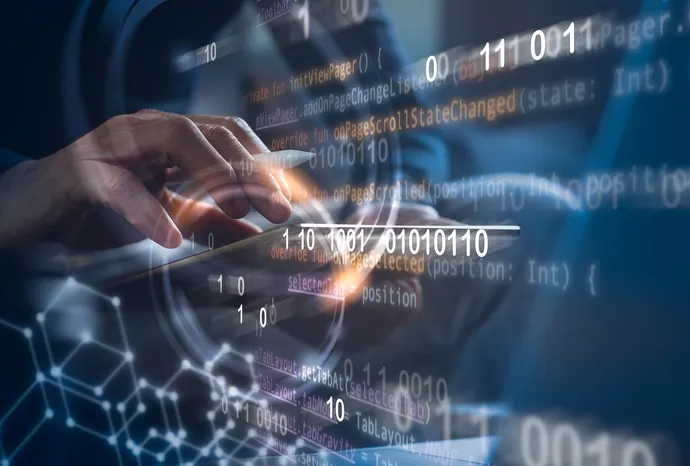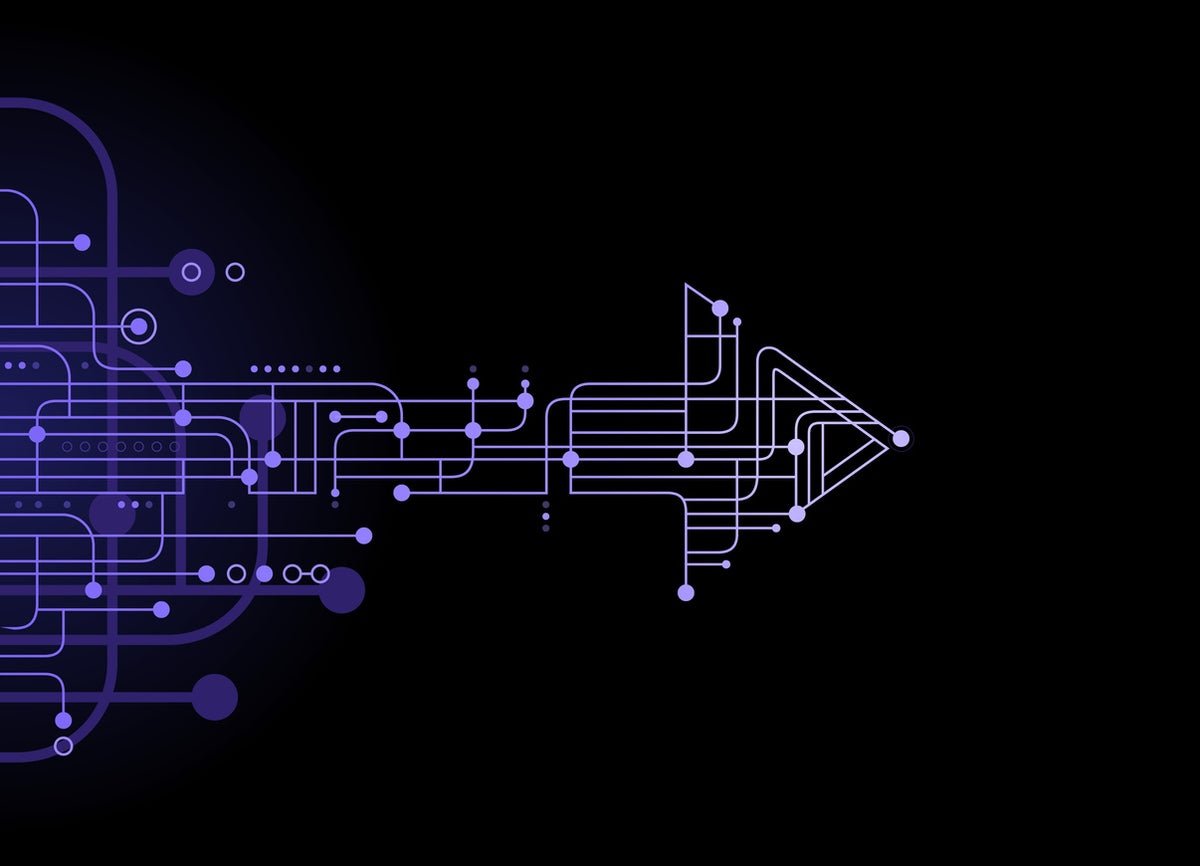Digital presenteeism is creating a future of work that nobody wants

While technology has enabled more employees to work remotely – bringing
considerable benefits in doing so – it has also facilitated digital
presenteeism, Qatalog and GitLab concluded. One solution is to make technology
less invasive and "more considerate of the user and completely redesigned for
the new way of work, rather than supporting old habits in new environments" –
although this may be easier said than done. According to Raud, current solutions
require a "radical redesign that is more considerate of the user and prioritizes
their objectives, rather than simply capturing our attention." Culture shift is
also necessary for async work to become normalized, says Rauf. This comes from
the top, and starts with trust: "When leaders send a message to their team, make
clear whether or not it needs an immediate response or better yet, schedule
updates to go out when people are most likely online. If I message a team member
at an odd hour, I prefix a 'for tomorrow' or 'no rush', so they know it's not an
urgent issue."
Confronting the risks of artificial intelligence
Because AI is a relatively new force in business, few leaders have had the
opportunity to hone their intuition about the full scope of societal,
organizational, and individual risks, or to develop a working knowledge of their
associated drivers, which range from the data fed into AI systems to the
operation of algorithmic models and the interactions between humans and
machines. As a result, executives often overlook potential perils (“We’re not
using AI in anything that could ‘blow up,’ like self-driving cars”) or
overestimate an organization’s risk-mitigation capabilities (“We’ve been doing
analytics for a long time, so we already have the right controls in place, and
our practices are in line with those of our industry peers”). It’s also common
for leaders to lump in AI risks with others owned by specialists in the IT and
analytics organizations. Leaders hoping to avoid, or at least mitigate,
unintended consequences need both to build their pattern-recognition skills with
respect to AI risks and to engage the entire organization so that it is ready to
embrace the power and the responsibility associated with AI.
The AIoT Revolution: How AI and IoT Are Transforming Our World

AIoT is a growing field with many potential benefits. Businesses that adopt AIoT
can improve their efficiency, decision-making, customization, and safety. ...
Increased efficiency: By combining AI with IoT, businesses can automate tasks
and processes that would otherwise be performed manually. This can free up
employees to focus on more important tasks and increase overall productivity.
Improved decision-making: By collecting data from various sources and using AI
to analyze it, businesses can gain insights they wouldn’t otherwise have. It can
help businesses make more informed decisions, from product development to
marketing. Greater customization: Businesses can create customized products and
services tailored to their customers’ needs and preferences using data collected
from IoT devices. This can lead to increased customer satisfaction and loyalty.
Reduced costs: Businesses can reduce their labor costs by automating tasks and
processes. Additionally, AIoT can help businesses reduce their energy costs by
optimizing their use of resources. Increased safety: By monitoring conditions
and using AI to identify potential hazards, businesses can take steps to prevent
accidents and injuries.
It's time for manufacturers to build a collaborative cybersecurity team

Despite the best laid plans, bear in mind that these are active,
interconnected and dynamic systems. It’s impossible to separate physical and
cybersecurity elements, as their role in business operations is so
foundational. As the landscape for new technologies and best practices change,
adapt along with it. Ensure the lines of communication are open, management
maintains involvement in the process, and all the key parties across IT and OT
are committed to working collaboratively to strengthen every element of
security. These tenets will help manufacturing organizations stay nimble in
the face of an ever-changing security landscape. As the convergence of IT and
OT continues, the risk of cyberthreats will continue to rise along with it.
Building a collaborative security team across both IT and OT will help to
reduce organizational risk and fortify critical infrastructure. By involving
leadership, setting a plan, and staying adaptable as things change, security
leaders will be armed with a comprehensive security approach that supports
near-term needs and offers long-term business sustainability.
Why diverse recruitment is the key to closing the cyber-security skills gap

When it comes to mitigating the ever-evolving cyber threat, diversity is a
crucial, but often overlooked, factor. As cyber attacks are becoming
increasingly culturally nuanced, it is important that we meet the challenge by
drawing from a wide range of backgrounds and life experiences. Cyber attacks
come from everywhere - from a wide range of ages, locations, and educational
backgrounds - so our responders should too. Perceptions of cyber security
often see it as revolving around highly complex technology and driven mainly
by this. While tech clearly plays a crucial role in mitigating cyber attacks,
successfully countering them would not be possible without the role performed
by people. This is enriched hugely by having a workforce which covers as many
educational and socio-economic backgrounds as possible. In making a concerted
effort towards a more diverse workforce, the cyber-security industry will be
able to gain a deeper awareness of the cultural nuances that underlie cyber
attacks. It’s important to fully understand what we mean by diverse hiring.
Considering entry routes into the industry is a big part of attracting a
broader range of demographics.
You have mountains of data, but do you know how to climb?

We have more data than ever before, but it is not enough to merely accumulate
it. Dedicate time and resources to establishing digital governance to ensure
the data you are using is clean, consistently implemented, and universally
understood. ... The tech team is not solely responsible for the quality of our
data—we all need to take ownership of and champion the data we use.
Visualization tools bridge the gap between the tech team and the business
team, doing away with barriers to entry and enabling end-to-end analytics. In
this way, you can empower employees to immerse themselves in and take
ownership of the data at hand. Users no longer have to submit a request to the
tech team to create a report and twiddle their thumbs until it comes back.
They can now take initiative and do it themselves, creating a more streamlined
process and a more informed group of employees who can work quickly to make
data-driven decisions. Furthermore, when you empower people to take control of
their data and ask their own questions, they may uncover new insights they
would never have found when presented with pre-packaged reports.
Software Supply Chain Concerns Reach C-Suite

From Cornell's perspective, DevOps — or hopefully, DevSecOps groups — should
really spearhead the management of software supply chain risk. "They are the
ones who own the software development process, and they see the code that is
written," he says. "They see the components that are pulled in. They watch the
software get built. And they make it available to whoever is next on down the
line." Given this vantage point, they can help to impact — in a positive way —
an organization's software supply chain security status by implementing good
policies and practices around what open source code is included in their
software and when those open source components are upgraded. "Forward-leaning
DevSecOps teams can take advantage of their automation and testing to start
pushing for more aggressive component-upgrade life cycles and other approaches
that help minimize technical debt," he explains. He says they’re also in a
position and own the tooling to help generate SBOMs that they can then provide
to software consumers who are in turn looking to manage their supply chain
risk.
Know Your Risks – and Your Friends’ Risks, Too
Identifying risks and documenting response actions are only part of the
equation. Crucial to the overall C-SCRM process is the communication and
education of all parties involved about organizational risks and how to
respond. Organizations must ensure that all personnel and third-party partners
are trained on supply chain risks, encourage awareness from the top down, and
involve partners and suppliers in organization-wide tests and assessments of
response plans. Organizations should establish open communications with their
supplier partners about risk concerns and encourage partners to do the same in
return. The general idea is individual strength through community strength. As
an organization matures its C-SCRM (or overall cybersecurity) process, lessons
learned and best practices should be shared along the way to help bolster
others’ programs. The concept of C-SCRM is not a new one. In fact, there are
many sources that have provided guidance on the topic over the years. The
National Institute of Standards and Technology (NIST) has a Special
Publication (SP) 800-161 and an Internal Report (IR) 8276 on the
subject.
3 data quality metrics dataops should prioritize

The good news is that as business leaders trust their data, they’ll use it
more for decision-making, analysis, and prediction. With that comes an
expectation that the data, network, and systems for accessing key data sources
are available and reliable. Ian Funnell, manager of developer relations at
Matillion, says, “The key data quality metric for dataops teams to prioritize
is availability. Data quality starts at the source because it’s the source
data that run today’s business operations.” Funnell suggests that dataops must
also show they can drive data and systems improvements. He says, “Dataops is
concerned with the automation of the data processing life cycle that powers
data integration and, when used properly, allows quick and reliable data
processing changes.” Barr Moses, CEO and cofounder of Monte Carlo Data, shares
a similar perspective. “After speaking with hundreds of data teams over the
years about how they measure the impact of data quality or lack thereof, I
found that two key metrics—time to detection and time to resolution for data
downtime—offer a good start.”
How Optic Detects NFT Fraud with AI and Machine Learning

The NFT space has ongoing issues with fraud, including through bad actors
wholesale lifting art from one project and using it in a second project — a
process often referred to as “copyminting.” They are derivative projects that
have a few too many similarities to the original project to be considered
anything other than a ripoff. While most of these duplicate projects do very
little sales volume relative to the original, they may damage the underlying
brand, contribute to the overall distrust of the NFT space, or trick less
savvy buyers into spending money on something that’s the jpg equivalent of a
street vendor shilling fake Rolex watches. To help combat this fraud, a few
companies are emerging that specialize in fraud detection in NFTs. They tend
to leverage blockchain data to help determine which project came first and
apply some image detection to find metadata matches. One of these solutions is
Optic, which uses artificial intelligence and machine learning to analyze the
images associated with an NFT, which helps NFT marketplaces and minting
platforms catch copies and protect both creators and buyers.
Quote for the day:
"The test we must set for ourselves is
not to march alone but to march in such a way that others will wish to join
us." -- Hubert Humphrey
No comments:
Post a Comment